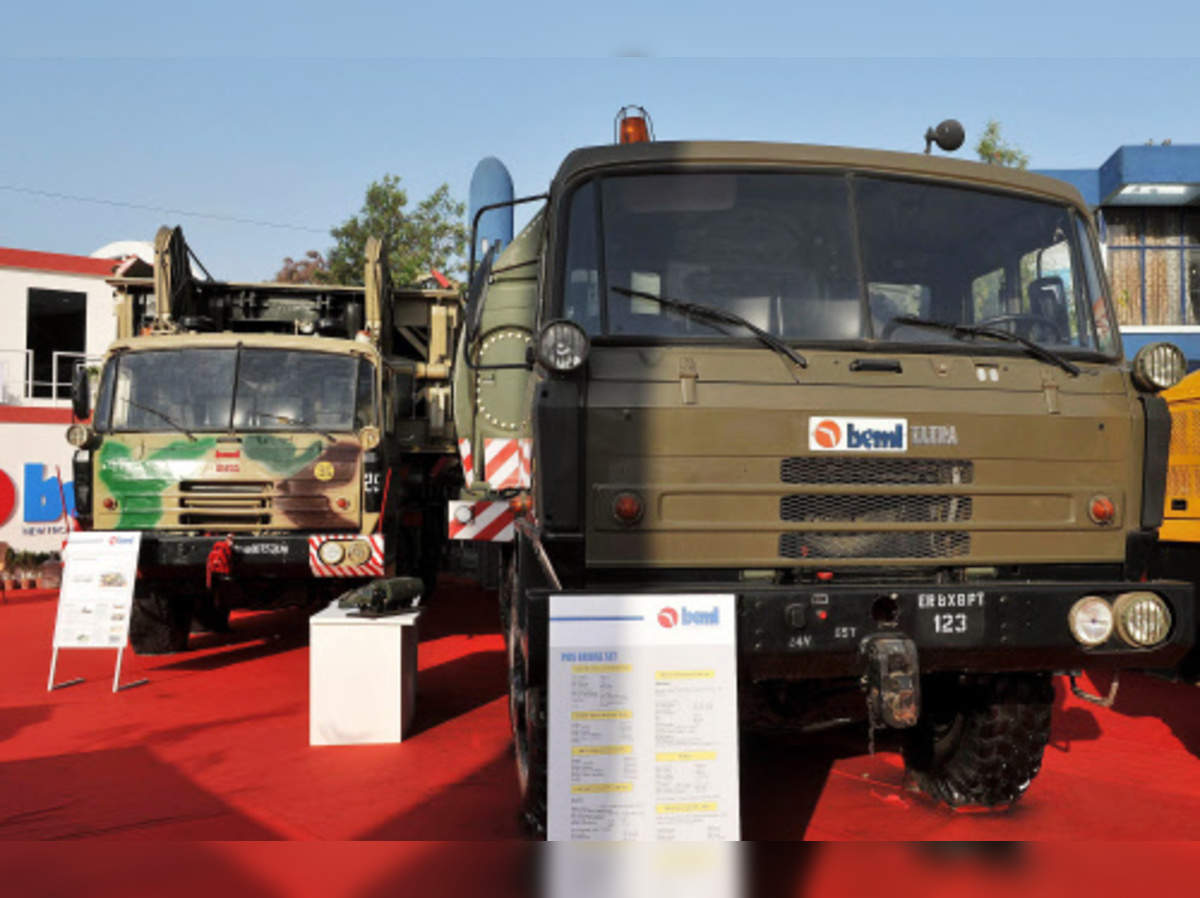SOURCE: AFI


The Indian Army has long relied on TATRA trucks, manufactured under license by Bharat Earth Movers Limited (BEML) in India, as the backbone of its logistics and transportation fleet. These robust trucks have served the military well for decades, particularly during the 1980s and 1990s, when their design and capabilities were state-of-the-art. However, in an era where technology and environmental standards have significantly advanced, the continued use of these outdated vehicles raises important questions about their suitability for modern military needs.
The TATRA trucks, originally designed by the Czech company TATRA, became synonymous with durability and reliability, capable of navigating the most challenging terrains. Their modular design, including a unique independent suspension system, made them ideal for the varied and often harsh conditions encountered by the Indian Army. Over the years, these trucks have been used for a range of military applications, from transporting troops and equipment to serving as platforms for missile launchers.
During the 1980s and 1990s, the TATRA trucks were well-suited to the needs of the Indian Army. Their robust design, excellent off-road capabilities, and ability to carry heavy loads were crucial in a time when infrastructure in many parts of India was underdeveloped. Additionally, BEML’s license production of these trucks in India ensured a steady supply of vehicles tailored to the Army’s specific requirements.
However, the TATRA trucks, despite their historical performance, are now increasingly seen as outdated in the context of modern military operations and environmental standards.
One of the most significant drawbacks of the TATRA trucks currently in service is their engine technology. Many of these trucks still operate with engines compliant with Bharat Stage-II (Euro II) emissions norms, which were introduced in India in the early 2000s. Since then, India has progressed to Bharat Stage-VI (Euro VI) norms, which mandate much stricter controls on vehicular emissions. The continued use of Bharat Stage-II compliant engines in military vehicles not only contributes to environmental degradation but also runs counter to the country’s broader efforts to reduce pollution and improve air quality.
Moreover, the TATRA trucks still feature left-hand drive configurations, a legacy of their European origins, even though they are assembled in India. This is increasingly impractical in a country where right-hand drive is the standard, particularly when these vehicles operate on public roads. The left-hand drive configuration can pose safety risks, especially in urban and semi-urban environments, where maneuverability and driver visibility are critical.
The transition away from TATRA trucks should be part of a broader strategy to modernize the Indian Army’s logistics and transportation capabilities. This could involve partnering with domestic and international manufacturers to develop or procure vehicles that meet current and future requirements. Additionally, integrating advanced technology, such as electric or hybrid powertrains, could further reduce the environmental impact and operational costs of the Army’s vehicle fleet.
While TATRA trucks have served the Indian Army well for decades, their continued use in today’s context is increasingly difficult to justify. With outdated engines, impractical left-hand drive configurations, and a lack of modern features, these vehicles no longer meet the demands of a modern, technologically advanced military force.